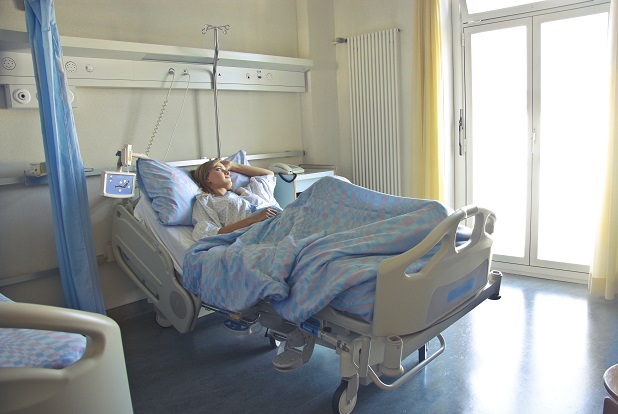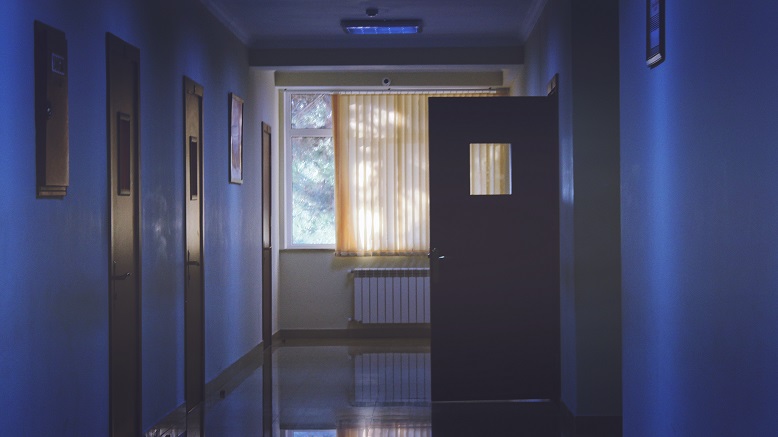Adverse events, including patient harm, increased in Minnesota’s health care system during the pandemic.
New research out of the Minnesota’s Department of Health (MDH) shows that incidents of adverse events including patient harm spiked in hospitals and surgical facilities last year. Experts believe that this is indicative of the challenges brought about by increased treatment demand amid COVID-19.
Not only was there a significant spike in 2021, but prior to this, the overall number of adverse events remained stable for years, furthering demonstrating that the spike was likely a result of the the coronavirus pandemic. During the unforeseen pandemic, health care businesses were “forced to adapt in real time as hospitals and health systems took care of sicker, higher acuity patients with multiple health concerns,” the report states.
MDH collected data from providers during the yearlong span between October 7, 2020, to October 6, 2021. That data shows “508 adverse health events reported (up from 382 in 2020), resulting in 207 serious injuries and 14 deaths.” The report also specifically shows that there was an increase in patient presentation complexity due to longer hospital admissions and delays in seeking care. Moreover, the length of stay in intensive care units (ICU) “more than doubled from 2.31 days in 2017 to 5.47 days in 2021,” the report states.

There were significant spikes in caseloads and the time is took to care for each patient. There were also increases in the use of traveling nurses and practitioners who were not used to Minnesota’s standards of care and “quality and safety road maps addressing safe skin culture and falls prevention.”
“The pandemic tested our health care system and our health care providers in an unprecedented way in 2021,” said Minnesota Commissioner of Health Jan Malcolm, adding, “The pandemic also showed the value of our adverse health events reporting system. By having this system, we were able to track the effects of this extraordinary event on patient safety, and we can use these results to work with Minnesota’s providers to increase our resiliency and ability to confront future challenges.”
The Minnesota Nurses Association (MNA) said these numbers reflect “the crisis of short staffing and retention continues unabated and unresolved by hospital executives.” MNA nurses have been picketing in recent weeks, demanding higher pay, more benefits and a bigger say in staffing discussions.
Mary C. Turner, President of the Minnesota Nurses Association, added, “Minnesota patients should be able to count on hospital executives to do everything they can to solve the crisis of care and retention and to put patients before profits in our hospitals. We urge hospital executives to listen to nurses and to work with us to keep nurses at the bedside with a seat at the table to address staffing, retention, and patient needs for the future.”
Shedding some light on the issues experienced in Minnesota’s health care system during the height of the pandemic, state officials hope the data will help to address some of these issues moving forward. The state is continuing efforts to improve patient safety by organizing committees to find solutions. The state has also been providing 1:1 consultations with its hospitals and surgery centers to respond to their specific needs.
Sources:
MDH: Increase in ‘adverse health events’ reflects challenges of pandemic


Join the conversation!